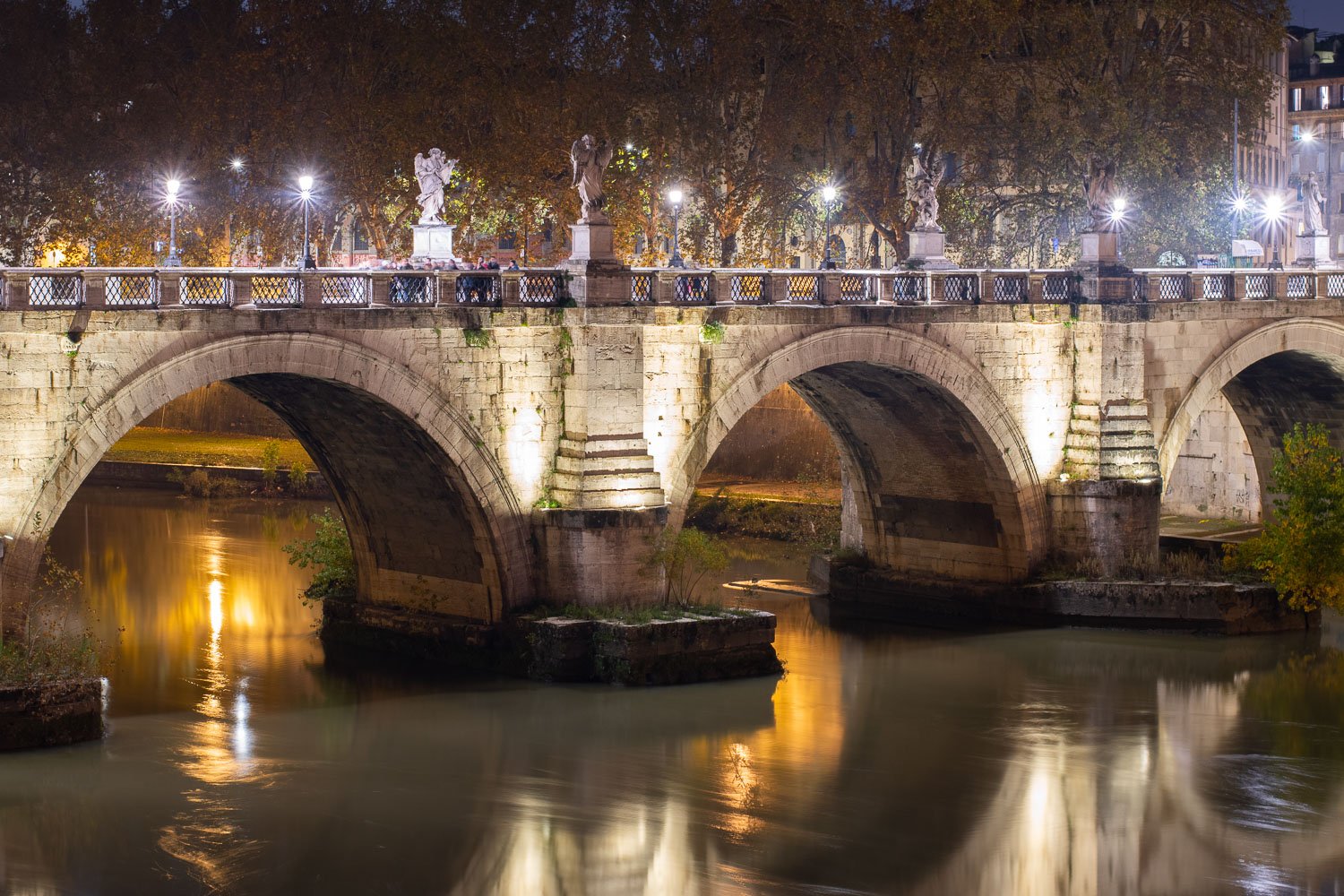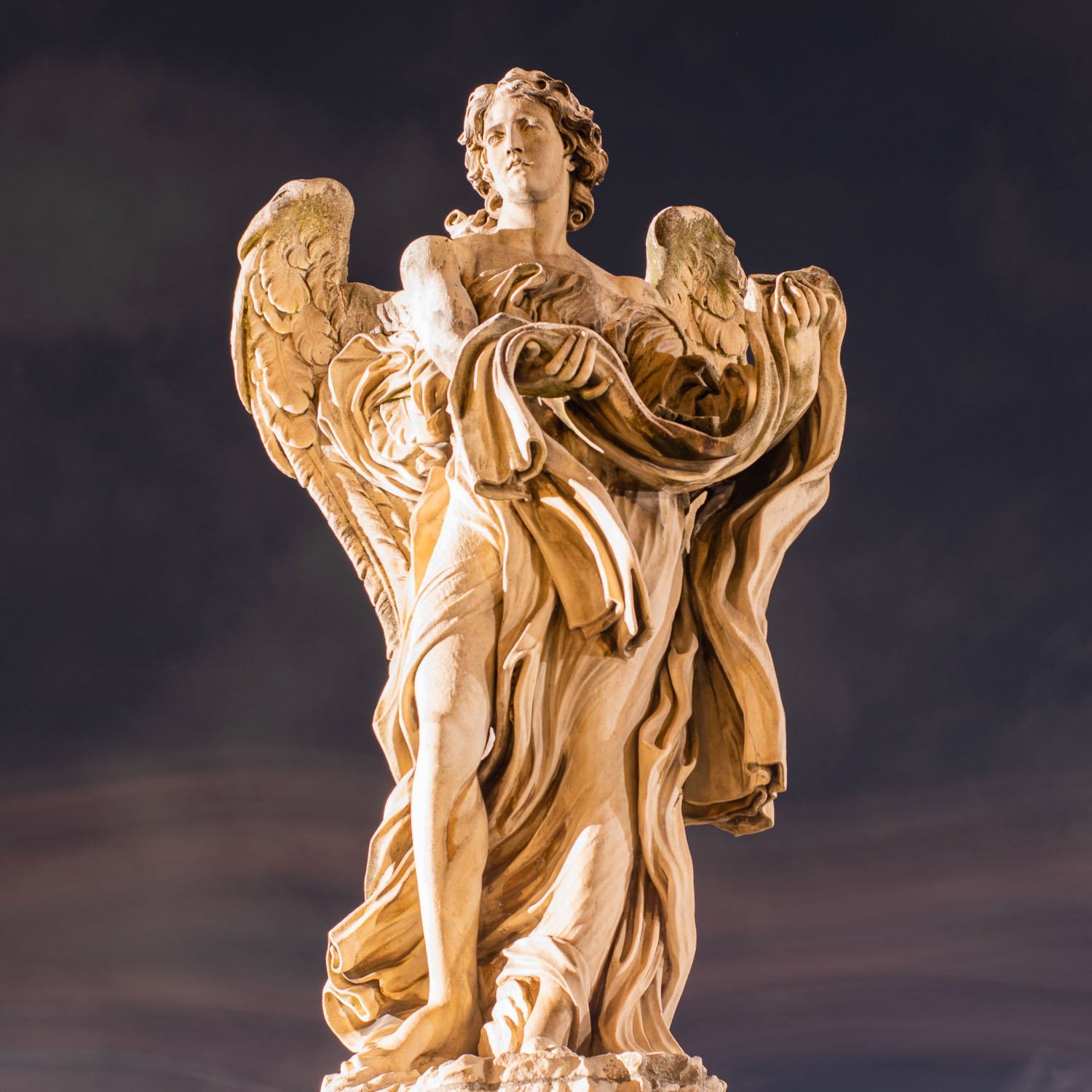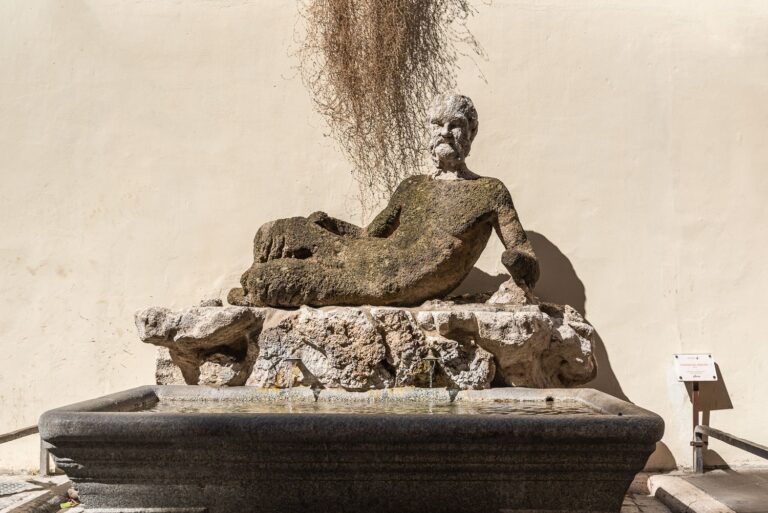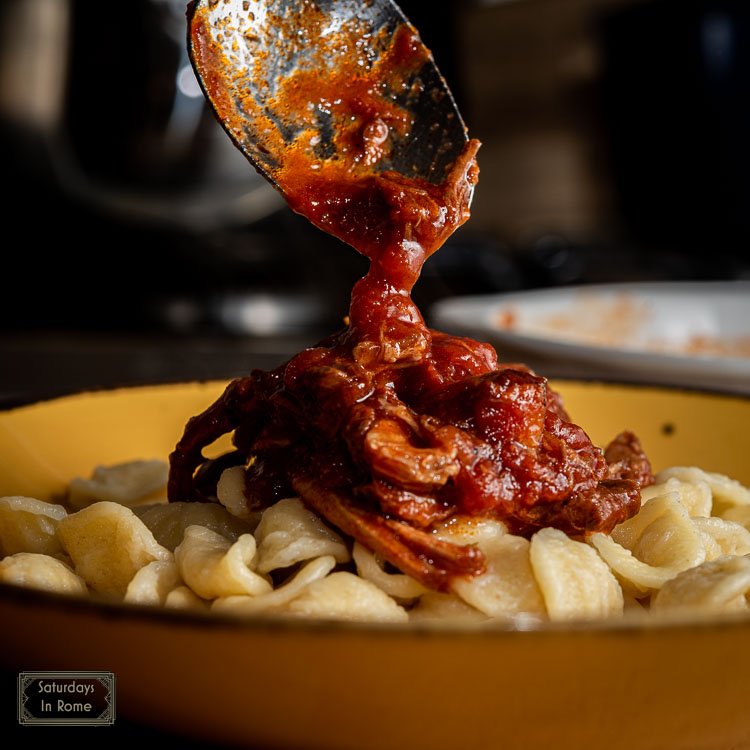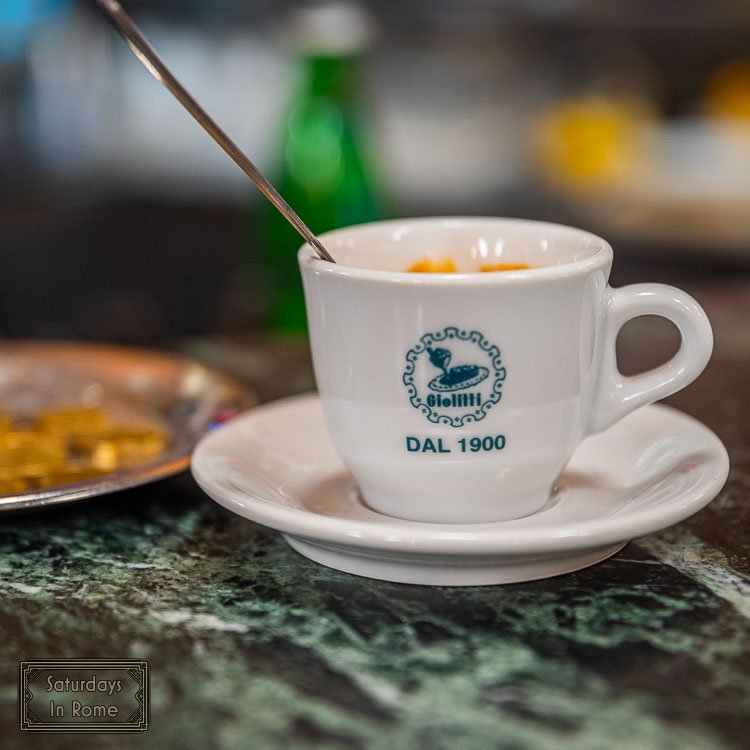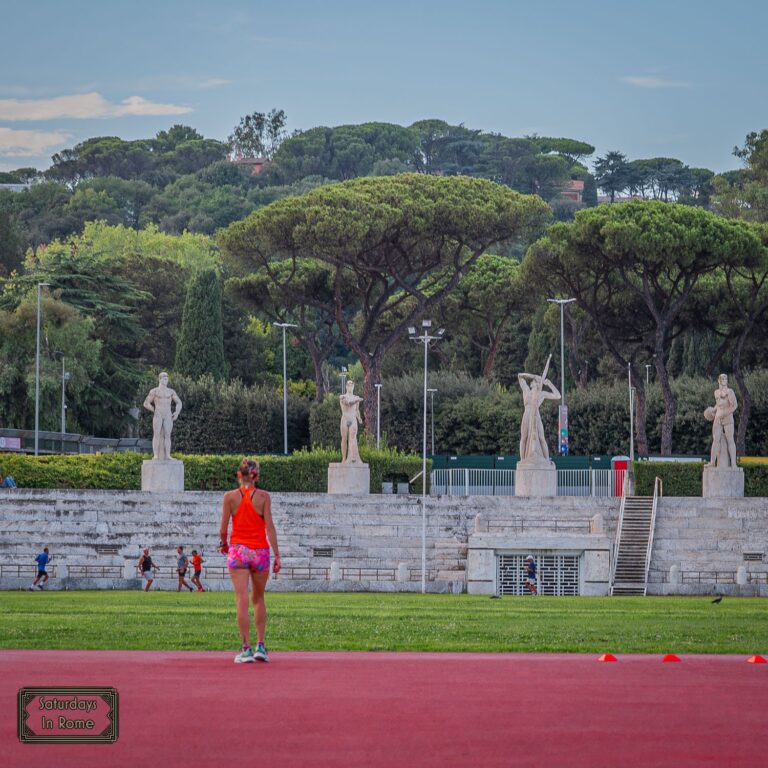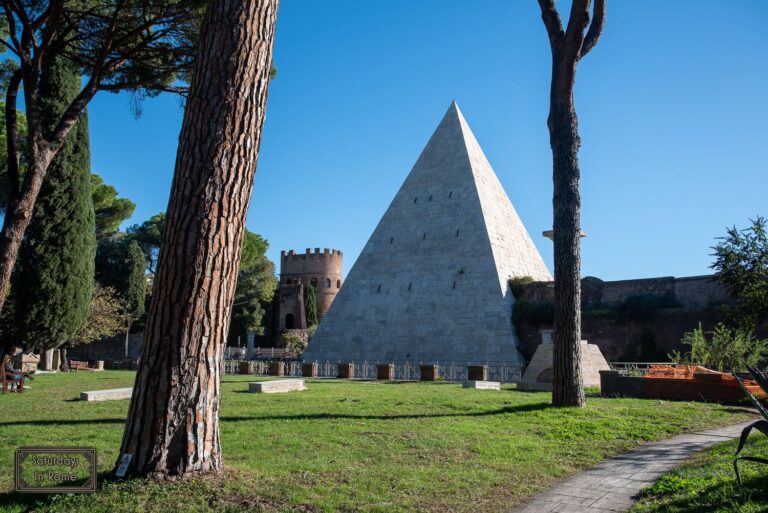The Ponte Sant’Angelo Statues Line A Beautiful Bridge
The Ponte Sant’Angelo is a beautiful bridge in Rome that is lined with Bernini design statues that add amazing beauty to a bridge with some punishing history.
Ponte Sant’Angelo at Night
The Holy Angel Bridge (Ponte Sant’Angelo) is a pedestrian bridge that was originally named after the emperor Aelius Hadrian who built it between 130 and 136 A.D.
Although there are varying views on when it was exactly finished, to connect the city with the entrance to the Mausoleum of Hadrian in the Castle St. Angelo on one side of the bridge. The sturdy build of this bridge is demonstrated in the fact that no flood of the Tiber has ever managed to overwhelm or damage it.
Why Was The Ponte Sant’Angelo Built?
During the Middle Ages the name was changed to Saint Peter’s Bridge (Ponte San Pietro) as it provided, at that time, the only direct access to the Vatican and Saint Peter’s Basilica from the city, following the ruin of Nero’s Bridge. Over the centuries it was enlarged and rebuilt to meet new traffic requirements.
Need Help Planning?
- Cheap Flights: Find The Most Affordable Flights.
- Accommodations: From 1 to 5 Stars And More.
- Car Rentals: Affordable Travel Across Italy.
- Sightseeing Tours: Explore Some Amazing Tours.
- Buying An eSIM: Stay Connected In Italy.
This post includes affiliate links.
The importance of Ponte Sant’Angelo is because for centuries it was the main bridge to St. Peter’s Basilica, and the Vittorio Emanuele II Bridge, located downstream and closer to Saint Peter’s Basilica, was actually built at the end of the nineteenth century.
Who Is The Holy Angel Bridge Named After?
The bridge, currently called Sant’Angelo because of the statue of the Archangel Michael on top of the castle, has suffered several may changes over the years, including having its towers demolished and two statues depicting Saint Peter and Saint Paul being added. Ten more statues of angels carrying the symbols of the Passion were added in 1668.
Angle With The Nails
The history of this bridge is not all about beauty. For many years the square in front became one of the places where the death penalty was carried out and it was customary to expose the bodies of those executed on the bridge, as a warning to the population. The first show of punishment dates back to the year of 1500, but in the following years the hangings were so common that the people had a lot of fun saying:
“There are more severed heads on the shoulders than melons at the market”.
How Many Angels Are There On The Ponte Sant’Angelo?
One of the peculiarities of Ponte Sant’Angelo is certainly the collection of the many statues that line the two sides of the bridge. Initially, only the statues representing Saints Peter and Paul were on the bridge, but later they gradually added pairs of angels, up to a total of 12 statues, designed by Gian Lorenzo Bernini, but created with and by his students with the common theme of the Passion of Christ, and in particular, Via Crucis.
Although not part of the originals, the statues of Saints Peter and Paul became “Talking Statues” and conversed on several occasions with Pasquino. For me, it’s a little hard to rationalize the idea that this bridge, having been a location for hangings, would be in any way aligned with the Talking Statues, which were used as a method of political discourse.
Angel with Garment and Dice
Here are the names of the statues, some of which I have added pictures to this post:
- Angel with the Column – This angel carries a column that represents the pillar to which Christ was chained while being whipped.
- Angel with the Whips – This angel is holding the whip used by the Romans to torment Jesus while he was bound to the column.
- Angel with the Crown of Thorns – The well known crown of thorns was placed on Christ’s head to mock him.
- Angel with the Sudarium (Veronica’s Veil) – Displaying Veronica’s Veil, which was left with the impression of Jesus’ face after it was used to wipe the sweat and blood from his face.
- Angel with the Garment and Dice – I think this is my favorite because of the addition of the dice. The statue represents the moment when Roman soldiers cast dice to determine who would receive Christ’s robe.
- Angel with the Nails – The nails used to stake Christ to the cross are featured in this sculpture.
- Angel with the Cross – The cross represents the cross that Christ was forced to carry through Jerusalem before being crucified.
- Angel with the Superscription – This angel is a replica of Bernini’s work. It portrays the sign nailed to the cross over Jesus’ head.
- Angel with the Sponge – According to the gospels of Matthew and Mark, one of the soldiers who crucified Jesus placed a sponge smeared in vinegar on a stick and pressed it to Jesus’ lips right before he died.
- Angel with the Lance – The lance represents the weapon that Roman soldiers used to pierce Jesus’ side, piercing his chest and confirming his death before lowering him off the cross.
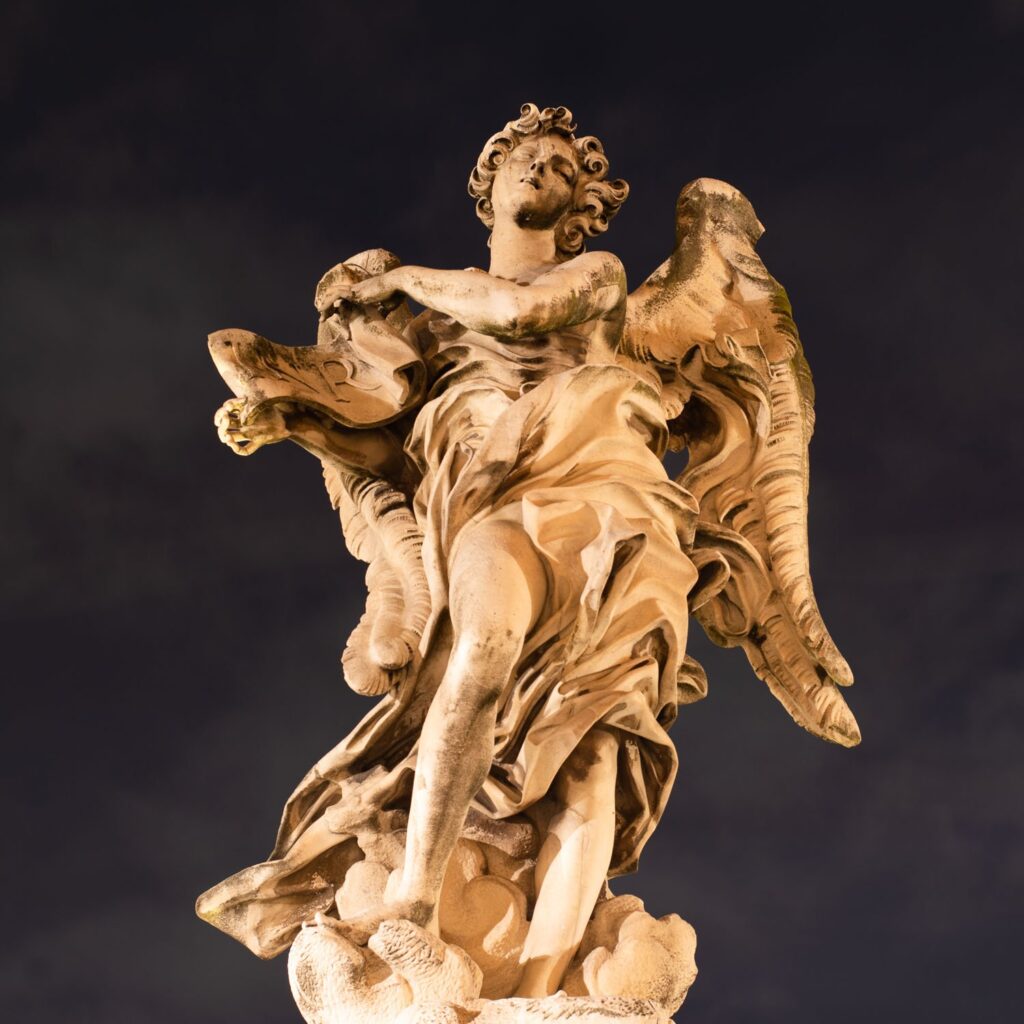
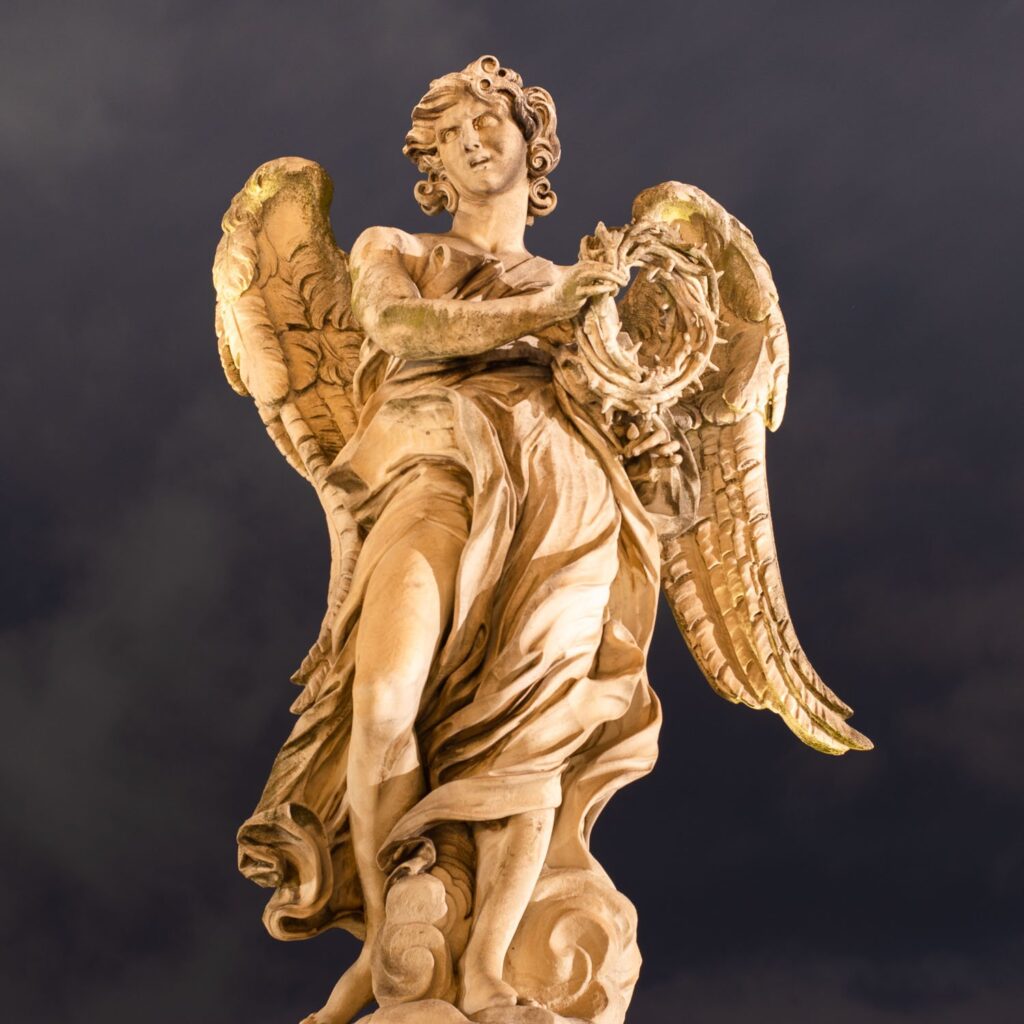
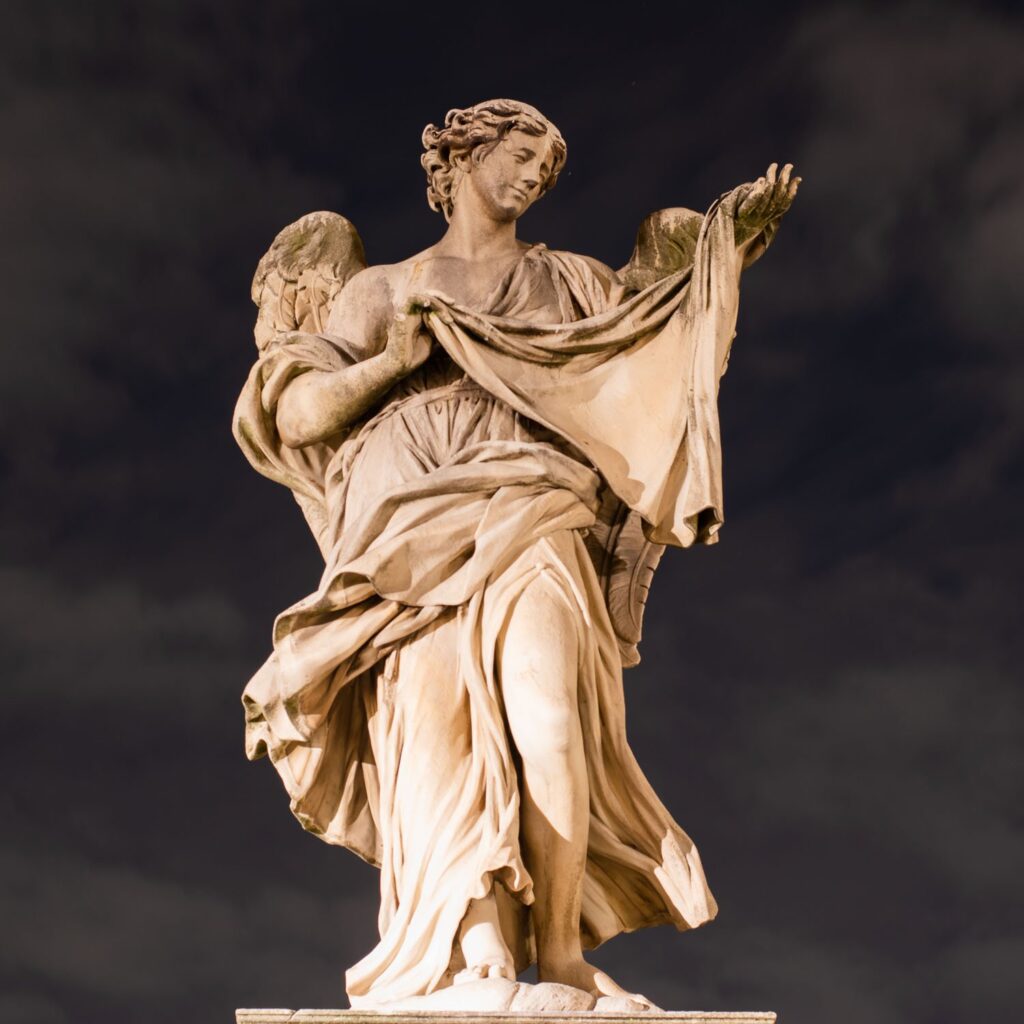
To understand the Ponte Sant’Angelo a little bit better, check out some of these related posts that can help shed some more light on the history and the players involved:
- The well known statues of Gian Lorenzo Bernini can be found all over Rome.
- Connecting Rome to the Vatican And St. Peter’s Basilica was a very important responsibility of this bridge.
- Nero’s Golden Palace was only one of many things for which people disliked him.
- These Famous Rome Statues Are Talked To With Complaints.
- The Passion can be given more context by the Holy Relics at the Basilica of Holy Cross in Rome.
- San Saba, Rome Is A Jesuit Basilica You Need To Explore.
- Check Out This Full Rome Travel Itinerary For Your First Visit.
- Bernini’s Angels Are A Challenge To Find But It’s Worth It.
- The Church of Santa Maria della Vittoria In Rome, Italy.
- Ancient Roman Fountains That You Might Have Overlooked.
- Piazza Navona And The Three Beautiful Fountains In Rome.
- The Tiber River In Rome Is As Historic As The City Itself.

